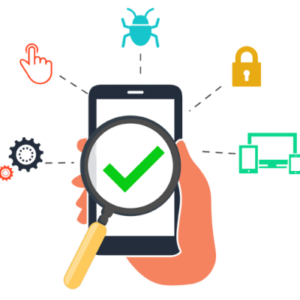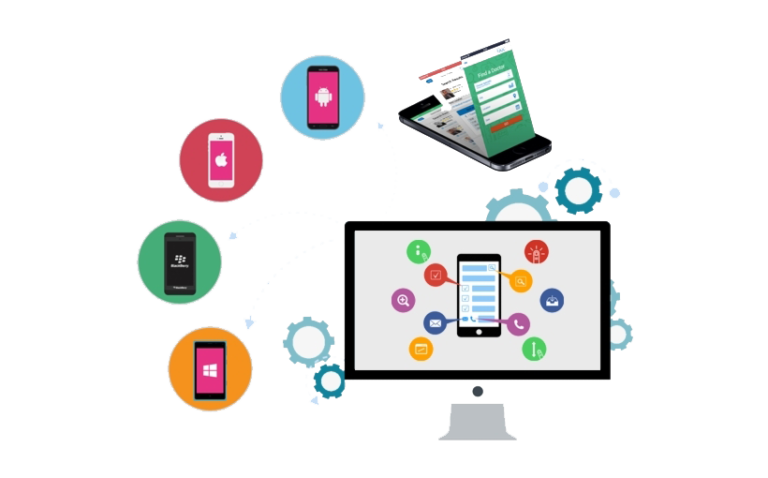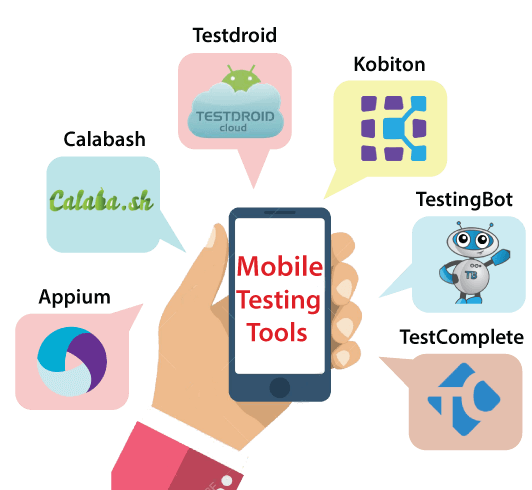
Mobile App Testing and Quality Assurance
Today’s highly technologically advanced society has made mobile applications an indispensable part of daily life. Whether it’s for work, play, communication, or shopping, we utilize mobile applications a lot. The increasing need for robust and feature-rich applications has increased the significance of quality assurance (QA) and mobile app testing. In this article, we’ll go over the importance of mobile app testing, the primary challenges that come up, and the best practices for ensuring a faultless user experience.
Mobile app testing is the process of evaluating and verifying an application’s usability, performance, and functioning throughout various platforms, devices, and network conditions. Ensuring a top-notch application that meets user requests and functions dependably is imperative. Testing mobile applications is crucial for the reasons listed below:
Diverse Device Ecosystem
The screen size, resolution, hardware setup, and operating system version of a number of devices in the Android and iOS ecosystems vary. By testing your program across this diversity, you can be sure that it functions correctly for every user.
Software Fragmentation
Regular updates to mobile operating systems could affect which apps work with certain devices. Testing helps locate and fix issues caused by OS updates more rapidly.
User Experience
The experience of the user is essential. You can ensure that users find the app enjoyable and easy to use by testing UX elements including responsiveness, navigation, and user interface design.
Performance
Examining an application’s performance in various scenarios (such slow networks and low memory) might help to enhance responsiveness and load times.
Security
Mobile apps manage private user information frequently. Thorough security testing is essential to safeguarding user data and averting data breaches.
App Store Approval
Releasing your software into app marketplaces requires it to meet stringent security and quality standards. Ensuring that your program meets these requirements requires extensive testing.



Mobile app testing is essential, but it’s not without its challenges:
Device Fragmentation
It can take a lot of time and resources to test across different devices.
Operating System Variations
There are differences between the frameworks and rules used in iOS and Android development. Testing on both systems requires certain knowledge and skills.
Network Conditions
Apps must perform correctly on a variety of network types and speeds, such as Wi-Fi, 3G, and 4G.
Continuous Updates
Ongoing OS updates and the launch of new devices call for constant testing and upkeep.
User Behavior
It can be challenging to forecast how users will interact with an app, thus user behavior testing may be required to identify issues.
To overcome these challenges and provide a first-rate user experience, consider implementing the following mobile app testing and quality assurance best practices:
Test on Real Devices
If possible, perform tests on real hardware rather than relying solely on emulators or simulators. Real devices provide a more accurate representation of an app’s performance in the real world.
Automation Testing
Using test automation, you can assure consistent testing across many devices and OS versions by automating repetitive tasks.
Performance Testing
Evaluate the app’s performance in a variety of conditions, such as low network access or high user demands, to maximize its speed and responsiveness.
Usability Testing
Usability studies should involve actual users to get feedback on the user interface, usability, and overall experience of the app.
Security Testing
Regularly carry out security audits to identify vulnerabilities and protect user data from harm.
Continuous Integration and Continuous Delivery (CI/CD)
Use CI/CD pipelines to automate testing and deployment processes and ensure that updates are thoroughly tested before being made available to clients.
Regression Testing
To make sure that updates or new features don’t bring any bugs or problems, undertake regular regression testing.
Monitoring and Analytics
Use analytics and monitoring technologies to evaluate user behavior and app performance in real-time and to facilitate proactive problem discovery and remediation.
User-Centric Approach
Prioritize customer feedback and incorporate it into your testing and development procedures to make sure the app lives up to user expectations.
Documentation
Maintain detailed documentation of all test cases, issues, and solutions to provide efficient communication between the development and testing teams.




In conclusion, testing and quality control for mobile apps are crucial phases in the app development process. They guarantee that your program functions flawlessly, provides an excellent user experience, and maintains a satisfied and trustworthy user base. By following best practices and being up to date with the latest advancements and technologies in the field of mobile app testing, you can create high-caliber apps that stand out in the congested mobile market.
